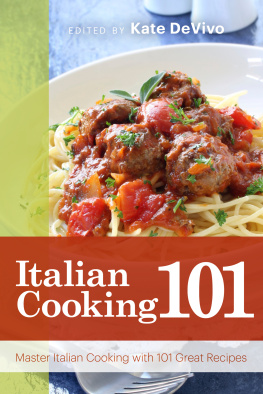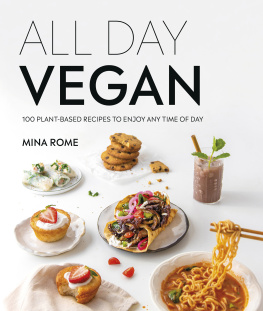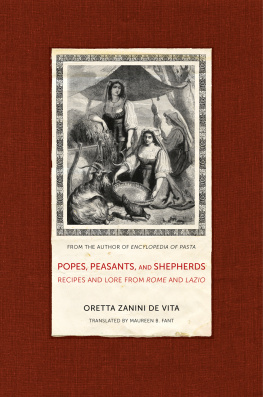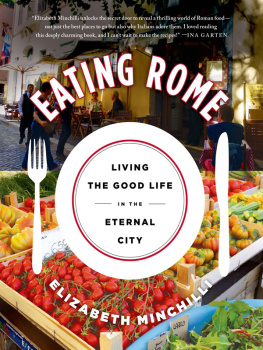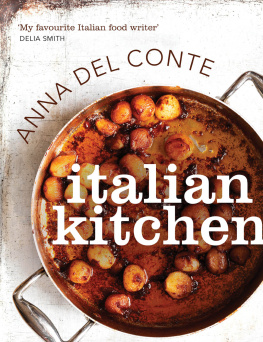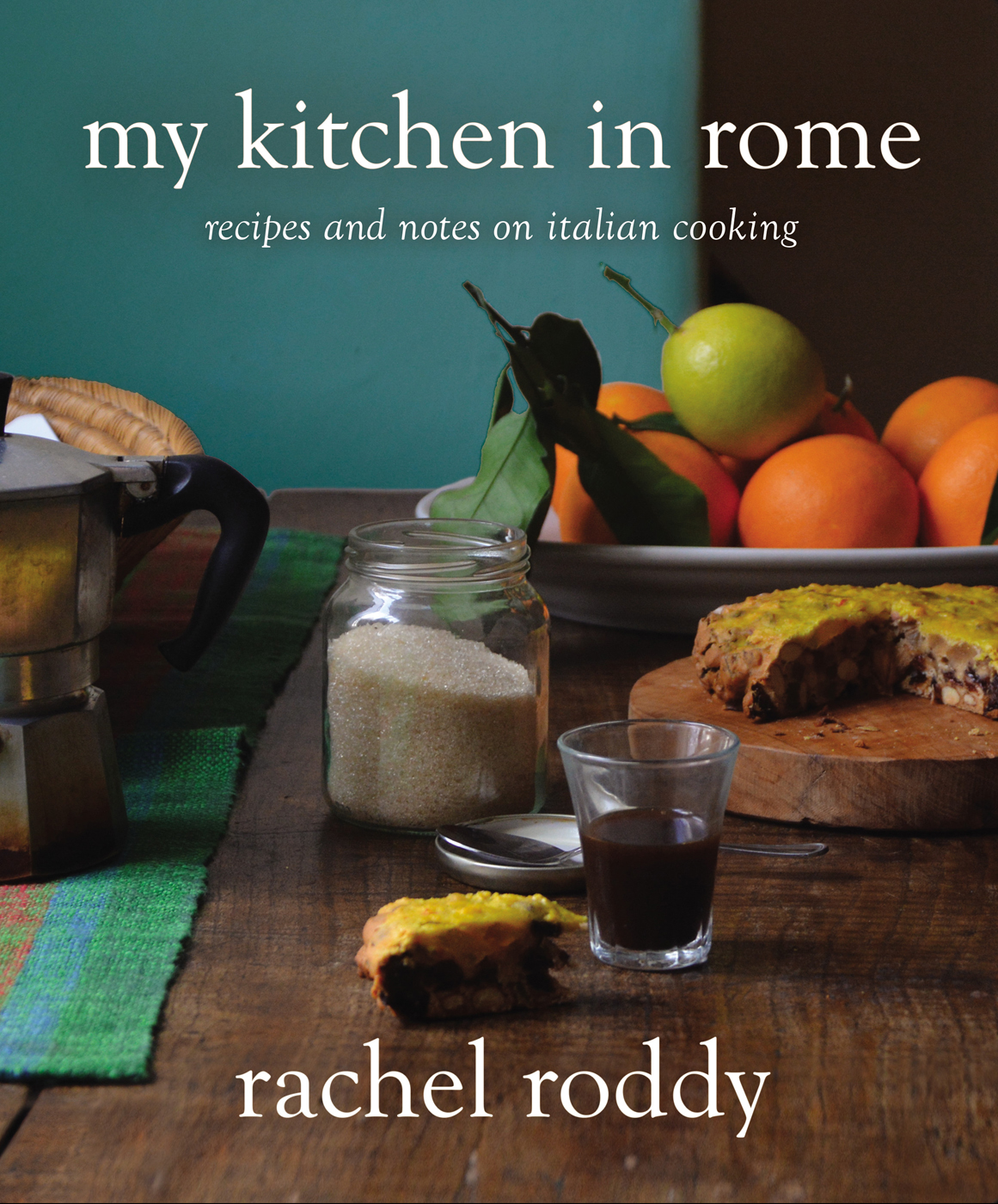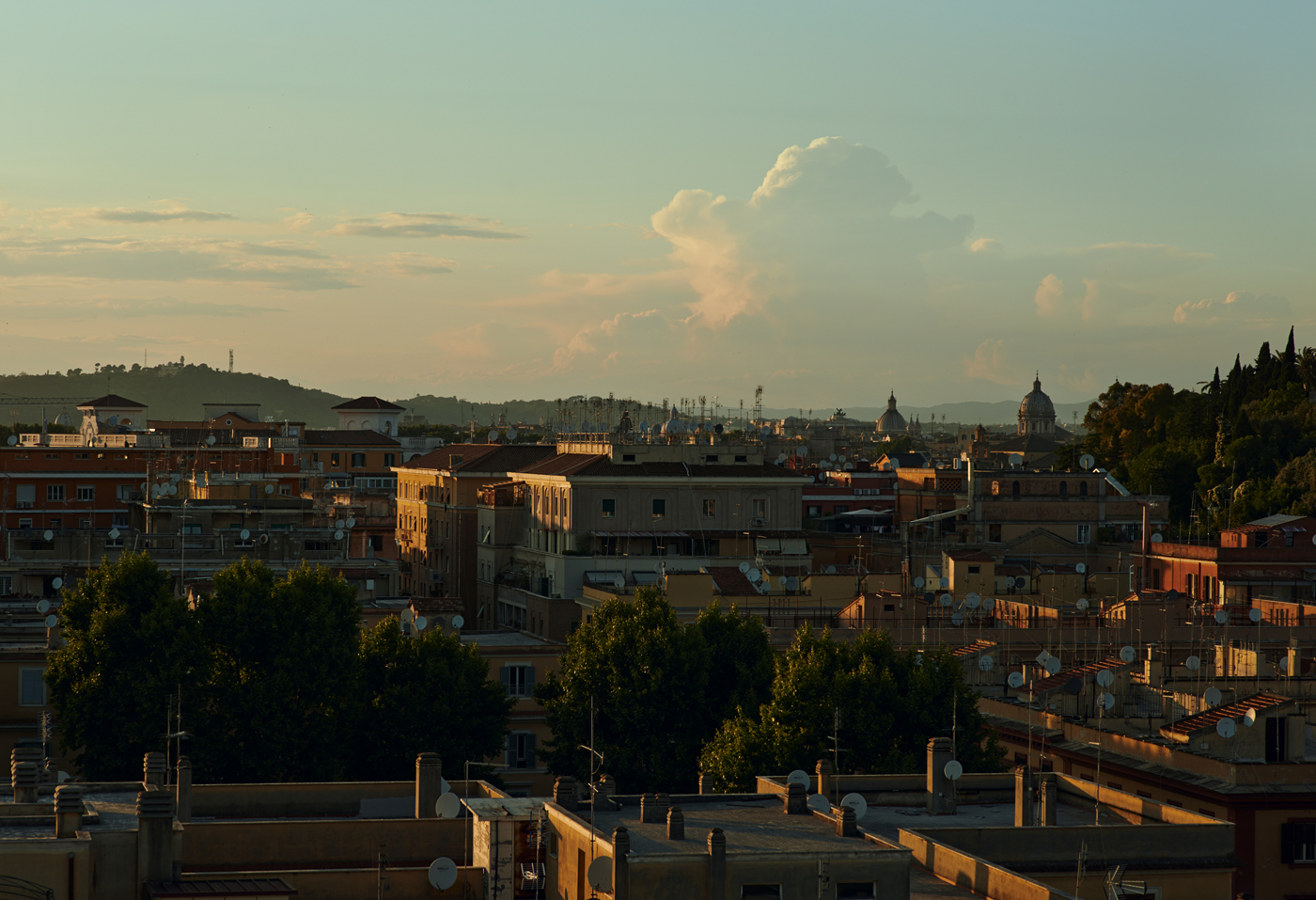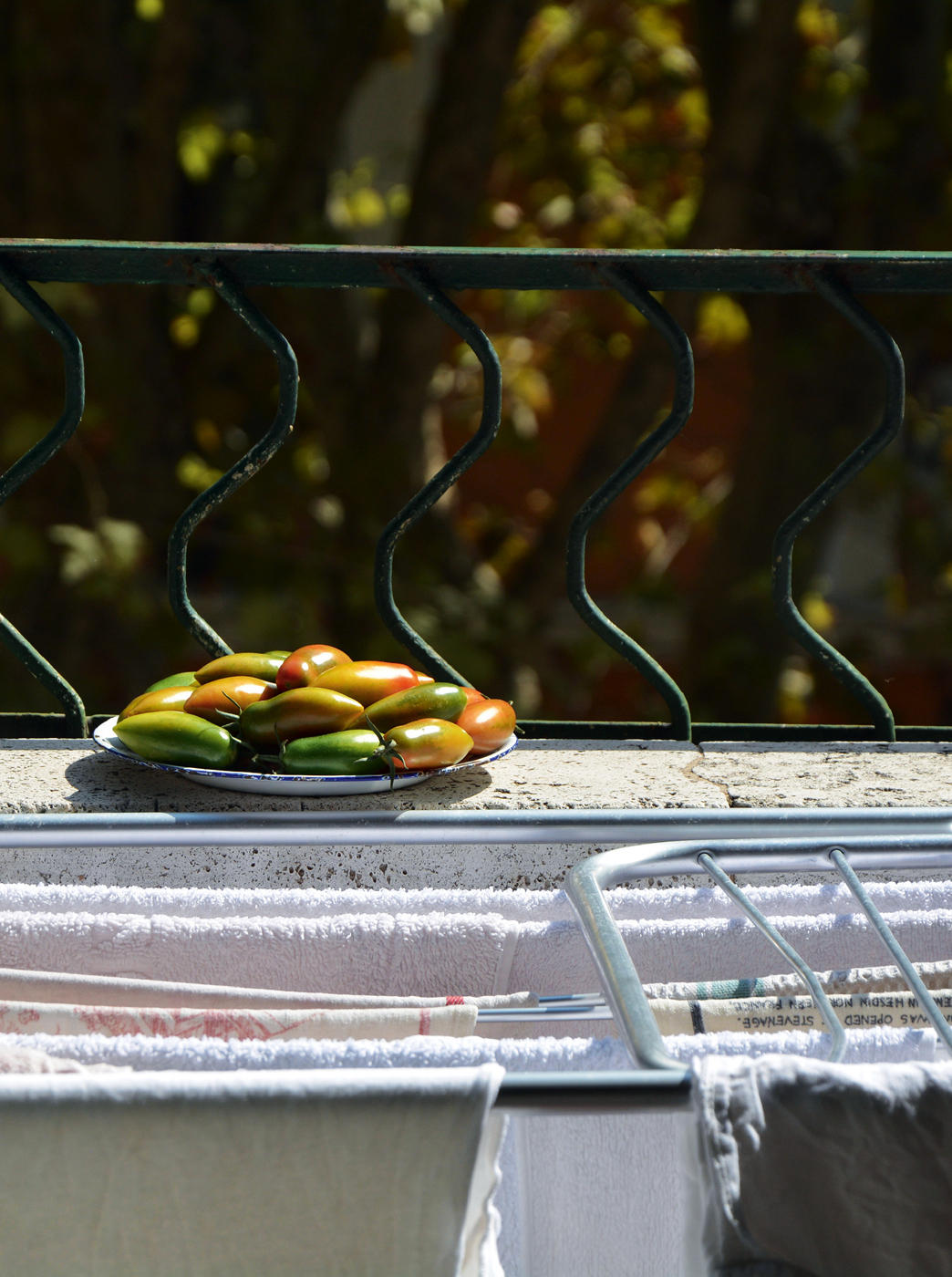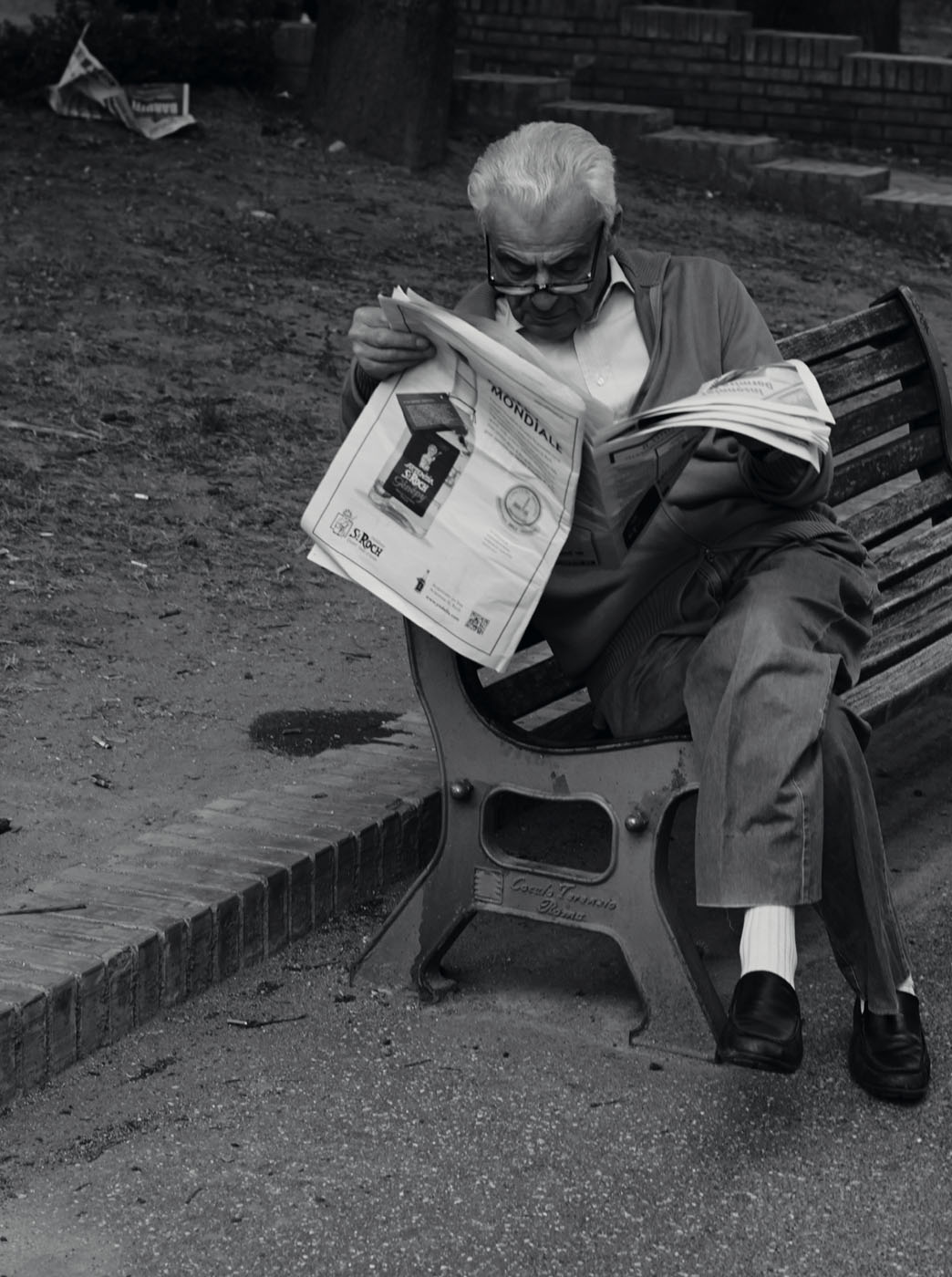Cover copyright 2016 by Hachette Book Group, Inc.
All rights reserved. In accordance with the U.S. Copyright Act of 1976, the scanning, uploading, and electronic sharing of any part of this book without the permission of the publisher constitute unlawful piracy and theft of the authors intellectual property. If you would like to use material from the book (other than for review purposes), prior written permission must be obtained by contacting the publisher at permissions@hbgusa.com. Thank you for your support of the authors rights.
Grand Central Life & Style is an imprint of Grand Central Publishing.
The Grand Central Life & Style name and logo are trademarks of Hachette Book Group, Inc.
The Hachette Speakers Bureau provides a wide range of authors for speaking events. To find out more, go to www.hachettespeakersbureau.com or call (866) 376-6591.
The publisher is not responsible for websites (or their content) that are not owned by the publisher.
Five reasons for five quarters
There is an alternate title for this book, Five Quarters, and there are five reasons for this.
The quarter of Rome that I call home, Testaccio, is shaped like a quarter, or a large wedge of cheese. Although in the heart of the city, it feels like a village.
Quinto quarto (the fifth quarter) is the name of the distinctive style of cooking created by the workers of the Testaccio slaughterhouse during the 1890s. Partly paid in kind with offalwhich makes up a quarter of the animals weight, hence fifth quarterthe workers (or their wives) found clever ways of transforming their wages into nourishing and tasty meals.
If we develop the idea that the fifth quarter is made up of the things that are usually discarded, the Romans are masters at using them, like the starchy pasta-cooking water, a ladle of which is the key to bringing the pasta and sauce together; the bean-cooking water, which is often the foundation and flavor in classic Roman soups; old bread, which is dampened back to life and tossed with chopped tomatoes, salt, and olive oil or used as a base for soup; and ricotta, the soft, curd-like cheese that is so important to Roman cooking and is a by-product of pecorino making.
A classic Roman meal, too, is made up of five parts: the antipasti, or starter; a pasta primo; a meat or fish secondo; a vegetable contorno; and a sweet dolce.
There are, of course, only four quarters. In cooking, I think of the fifth quarter as the other thing (or things), in addition to ingredients, that are needed when you prepare food: common sense, good taste, imagination, and experience. Its what you bring to a recipe by making it again and again until it is your own.
Of course I thought Rome was glorious, but I didnt want to stay. A month, three at most, then Id take the train back to Sicily to finish the clockwise journey Id interrupted before moving farther southward somewhere. I had no plan, only a vague notion that I would know the place I could settle in when I found it. It was about halfway through that first reluctant monthApril 2005, to be exactthat my oldest friend, Joanna, came to stay for a few days, bringing with her a suitcase the size of a few weeks and the itinerary of an architect. We spent her first three days negotiating maps, disconcerting curves in the river, and other tourists in search of fluted columns and flights of steps. Then, on her fourth day, we visited one of the most Roman of all Roman quarters: Testaccio.
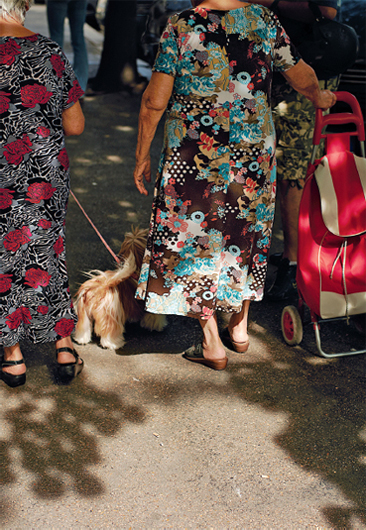
Approaching Testaccio for the first time, as we did by bus that day, I was caught off guard. Linear and grid-like, the blocks of undistinguished-looking nineteenth-century buildings seemed hard, passionless even, after the warren of medieval alleys and the exhilarating sprawl of imperial ruins wed been lost in. We walked, or wandered really (the best way, and invariably a happy adventure in Rome), down tree-lined vie, past tenement blocks and clusters of chattering signore, and pressed our noses up against the frosted-glass windows of local trattorias. In the courtyard of one block, while Joanna made notes about the internal stairwell and talked about public housing schemes, I watched a wicker basket being lowered from a window, filled with shopping, reeled back up, and swallowed by a clotted lace curtain. In another courtyard, which had washing hung like smiles under almost every window, we dodged a trio of boys playing, their ball ricocheting from the internal walls, until a voice called out tacci tua! and the boys scattered like marbles, us too. Years later, now that I fully understand the connotations of tacci tua, I cringe at our thick tourist skins, walking around a private courtyard admiring the washing, only to be shooed away by an old lady and this very best of Roman insults.
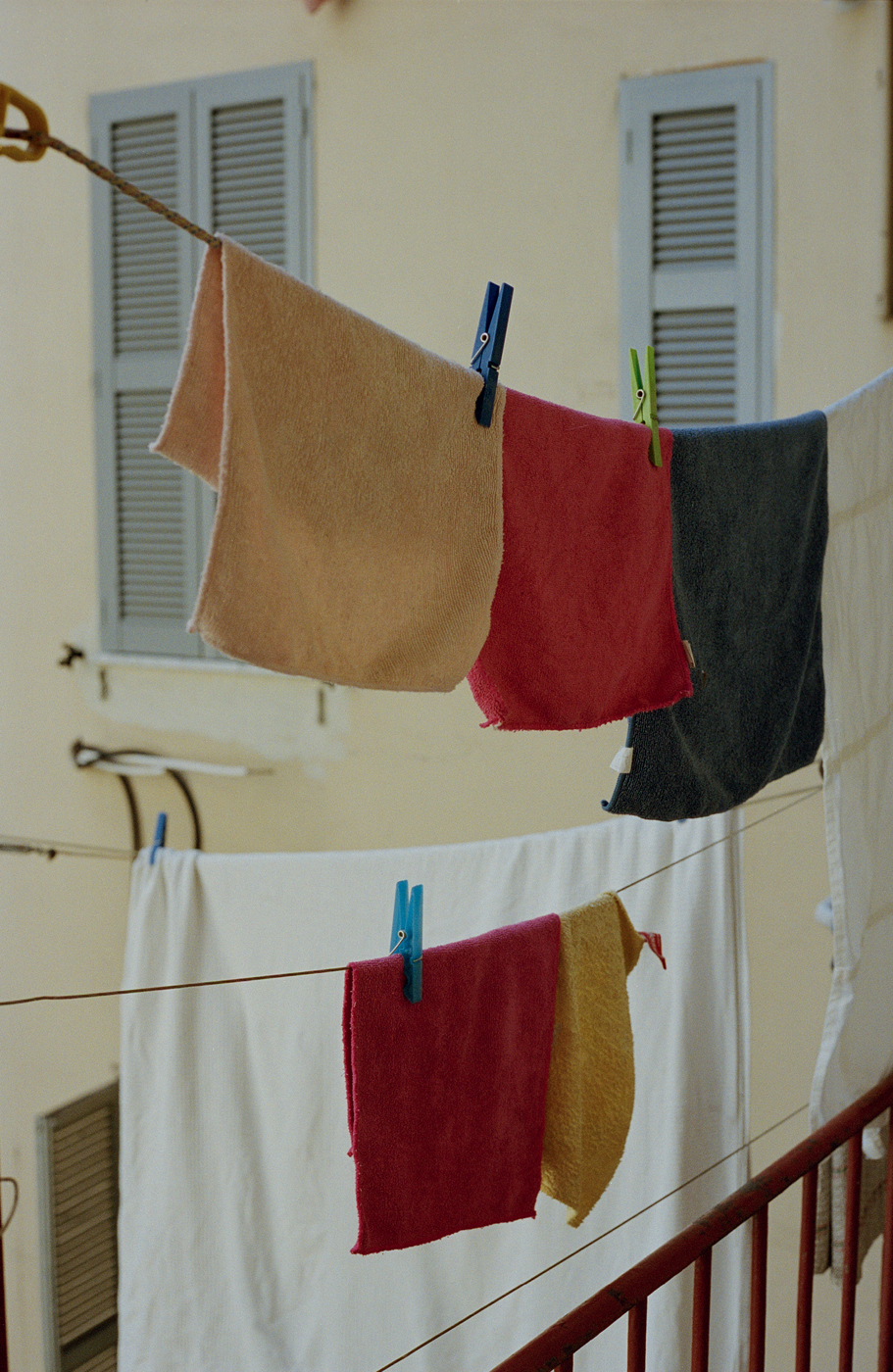
We must have walked along via Branca because I remember thinking that trattoria Agustarello looked plainly appealing. We certainly walked along via Beniamino Franklin, because at the end of it we stood looking up at the statue of a winged god punching out an innocent bull sitting above the entrance to Romes sprawling ex-slaughterhouse. We stood for quite some time getting our bearings before walking all the way through the vast complex, the meat hooks on long rails still hanging where they had been left 30 years ago. The slaughterhouse led us to the base of what appeared to be a hill, but was actually an ancient pile of broken terra-cotta amphorae. Curving round the hill of broken pots, we came upon a section of the Aurelian wall, which led us to a cypress-shaded cemetery where Keats is buried, juxtaposed with a Futurist post office and a sharply pointed ancient pyramid. Joanna read dates and details from the guidebook: 1872, 1st century AD, 1821, 1933, AD 271. It looked and felt a little like a scene from a pop-up book illustrating buildings from more than 2,500 years of history, except they were all coexisting in the present, both preposterous and wonderful. From the pyramid we walked, me in the heavy boots Id bought in Naples and Joanna in yellow heels, around the perimeter of Testaccio with its two cut sides and deep curve along the river. We barely caught sight of another tourist.




